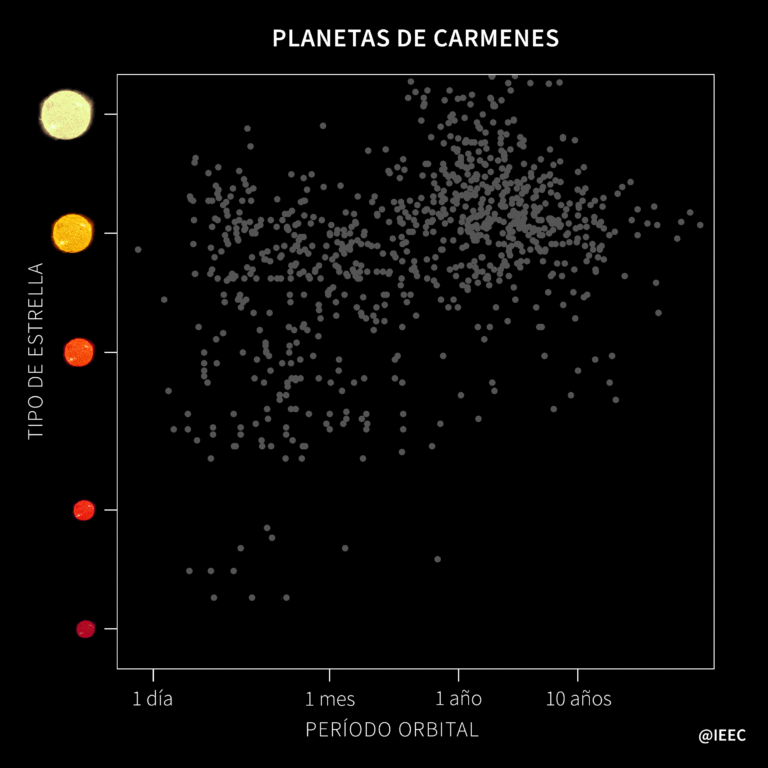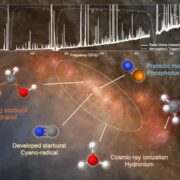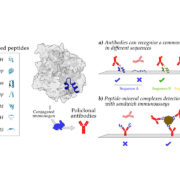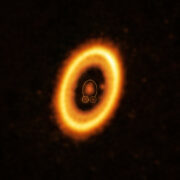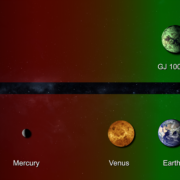20,000 observations from the Calar Alto telescope are made public, and have led to the discovery of 59 planets, some of them potentially habitable.
The CARMENES survey is led by a consortium of Spanish and German institutions.
The instrument has proven to be a success and will continue to provide information on small cool stars until at least the end of 2023.
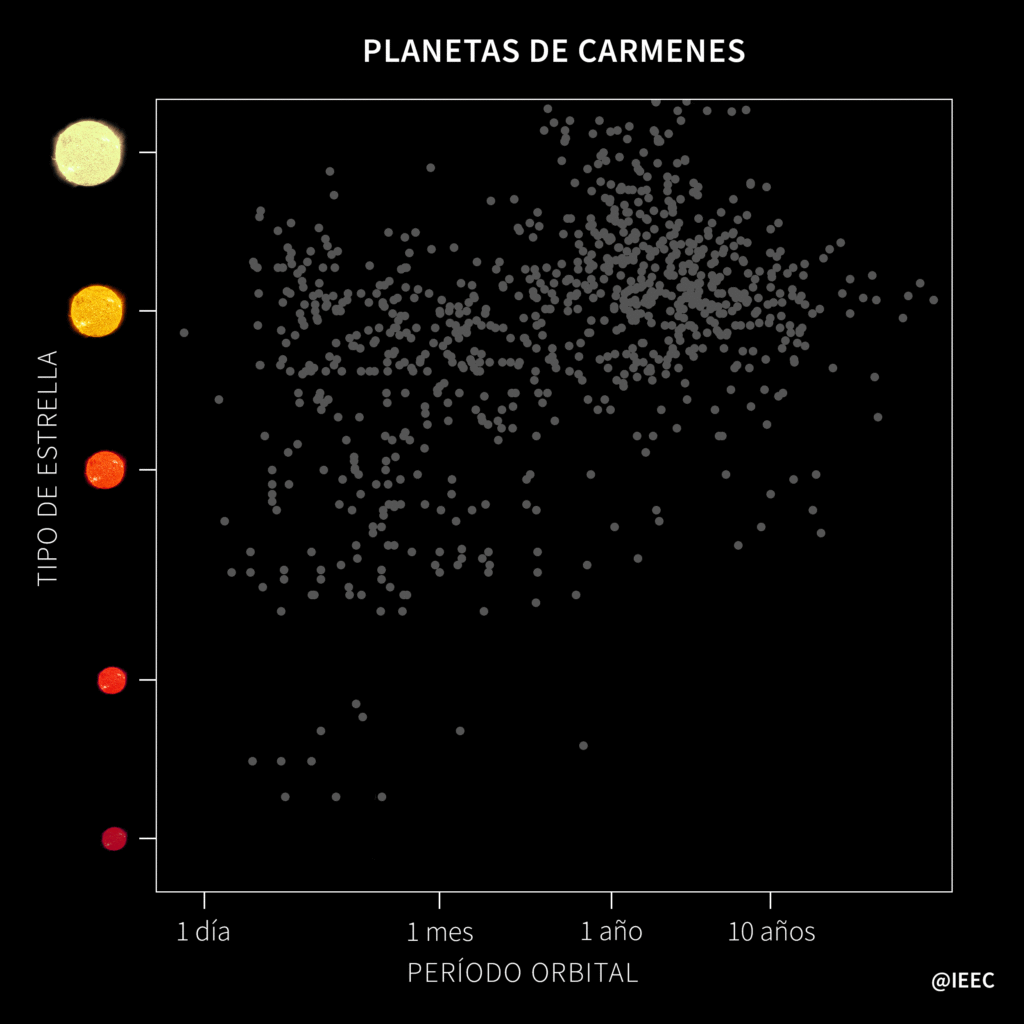
The CARMENES project has just published data from about 20,000 observations taken between 2016 and 2020 for a sample of 362 nearby cool stars. The project, financed by Spanish and German funds, uses an instrument at Observatorio de Calar Alto with the purpose of finding Earth-like exoplanets (rocky and temperate), with the possibility of harbouring liquid water on their surface if they are located in the so-called “habitable zone” of their star. Notable among the multitude of released data measurements are those that have led to the discovery of 59 exoplanets, a dozen of which are potentially habitable. The study has been published in the journal Astronomy & Astrophysics.
CARMENES is the name of the scientific project, but also of the instrument used to make the observations and of the consortium that designed and built it. More than 200 scientists and engineers from 11 Spanish and German institutions are involved in the project. The consortium is made up of the following research centres: the Max-Planck-Institut für Astronomie (MPIA), the Instituto de Astrofísica de Andalucía (IAA-CSIC), the Landessternwarte Königstuhl (LSW), the Institut de Ciències de l’Espai (ICE-CSIC), the Institut für Astrophysik Göttingen (IAG), the Universidad Complutense de Madrid (UCM), the Thüringer Landessternwarte Tautenburg (TLS), the Instituto de Astrofísica de Canarias (IAC), the Hamburger Sternwarte (HS), the Centro de Astrobiología (CAB, CSIC-INTA) and the Centro Astronómico Hispano-Alemán (CAHA). Dr. Ignasi Ribas, researcher at the ICE-CSIC and Director of the Institut d’Estudis Espacials de Catalunya (IEEC — Institut d’Estudis Espacials de Catalunya), is the first author of this recently published work involving about a hundred experts from more than 30 research centres.
The CARMENES instrument is an optical and near-infrared spectrograph, i.e. a device that measures both visible and infrared light from the objects it is pointing at. It was installed in 2015 at Calar Alto Observatory with the aim of finding terrestrial-type exoplanets in nearby red dwarf stars. The light collected from a given star (the stellar spectrum) can give away the presence of exoplanets as it allows to measure the small motions of the star produced by the gravitational pull of the planets orbiting it. The high-resolution spectra obtained with CARMENES are used to determine the velocity of the star with an accuracy of one metre per second, which is a major technological challenge. This makes it possible to find small planets around low-mass stars.
“Since it came into operation, CARMENES has re-analysed 17 known planets and has discovered and confirmed 59 new planets in the vicinity of our Solar System, making a significant contribution to expanding the census of nearby exoplanets,” explains Ignasi Ribas. In fact, this instrument has boosted the number of exoplanets we know about around nearby cool stars by doubling those detected with the previously described method. It is to be hoped that, with the publication of this first large dataset, the research community will analyse it and will be able to further increase its scientific output. Importantly, CARMENES has observed almost half of all nearby small stars (part of them can only be observed from the Southern Hemisphere). In addition, the spectra obtained also provide extremely valuable information about the atmospheres of the stars and their planets, among other science cases.
The paper published in Astronomy & Astrophysics is the 100th article of the CARMENES consortium, which shows how successful the project has been in providing information about Earth-like exoplanets and their stars. In this study, the visible-light data have been released; experts are still improving the processing of the infrared data, so when they are published, astronomers will have a second large set of observations to work with.
The CARMENES project continues in CARMENES Legacy-Plus, which started in 2021 and keeps taking more observations of the same stars. “In order to determine the existence of planets around a star, we observe it a minimum of 50 times. Although the first round of data has already been published so that the scientific community can access them, the observations are still ongoing,” explains Juan Carlos Morales,
IEEC researcher at ICE-CSIC. The observations made in this project extension will continue at least until the end of 2023.
Press release prepared in collaboration with the Communication Offices of the Institute of Space Sciences (ICE-CSIC), the Centro de Astrobiología (CAB, CSIC-INTA), the Instituto de Astrofísica de Andalucía (IAA-CSIC), the Instituto de Astrofísica de Canarias (IAC) and the Universidad Complutense de Madrid (UCM).
More information
This research is presented in a paper entitled «The CARMENES search for exoplanets around M dwarfs. Guaranteed Time Observations Data Release 1 (2016-2020)», de I. Ribas et al., by I. Ribas et al., to appear in the journal Astronomy & Astrophysics on 22 February 2023.






